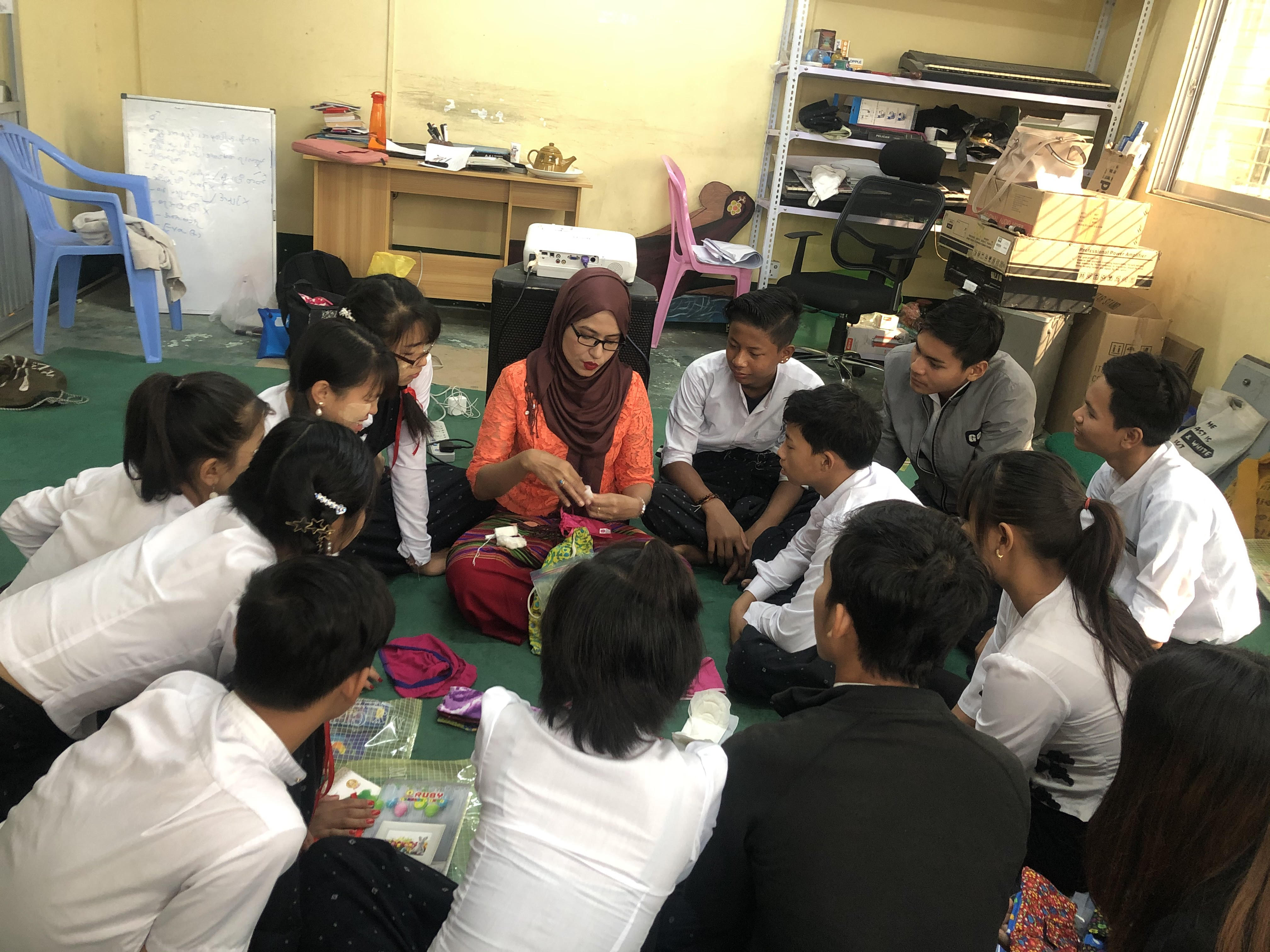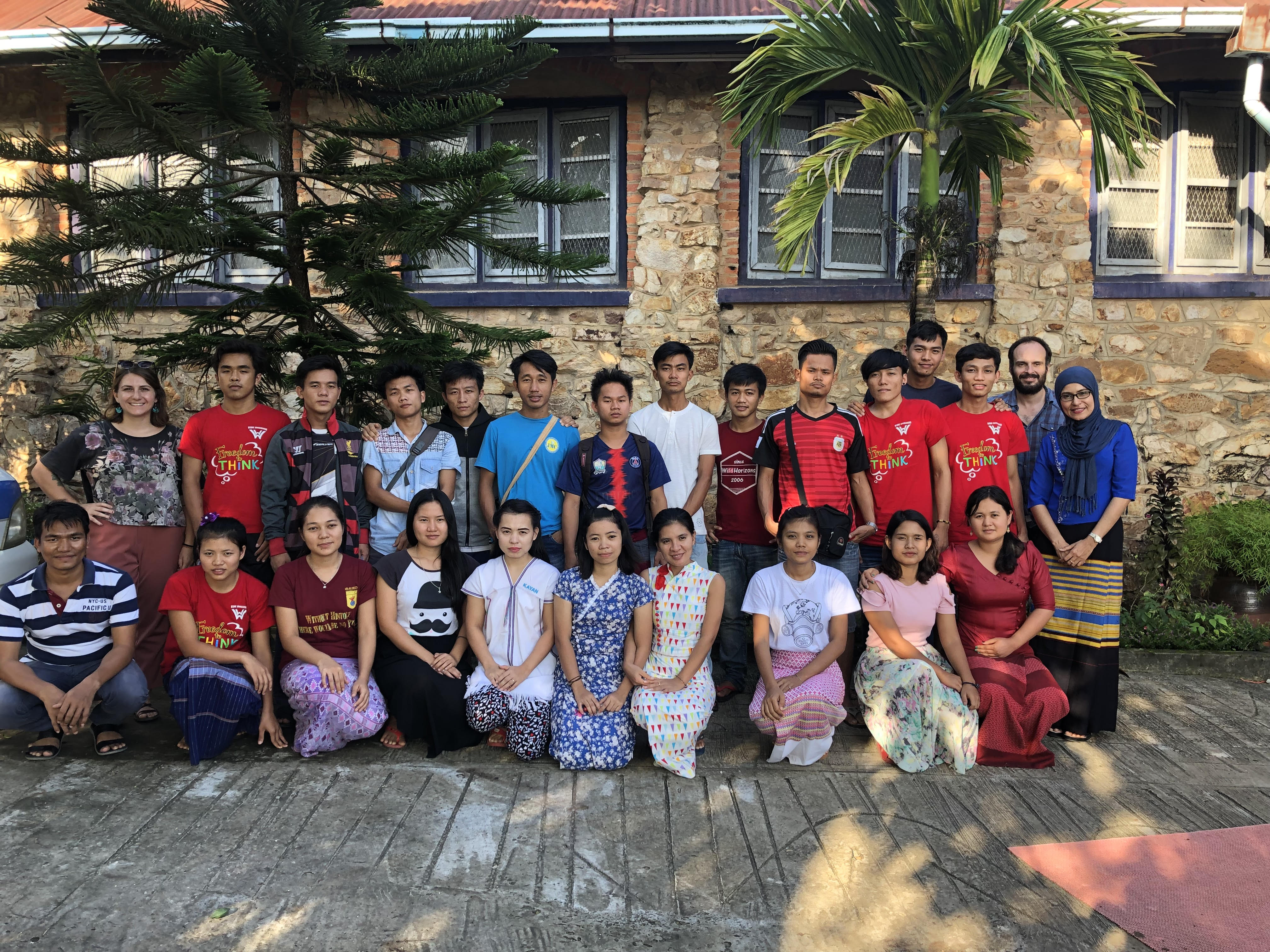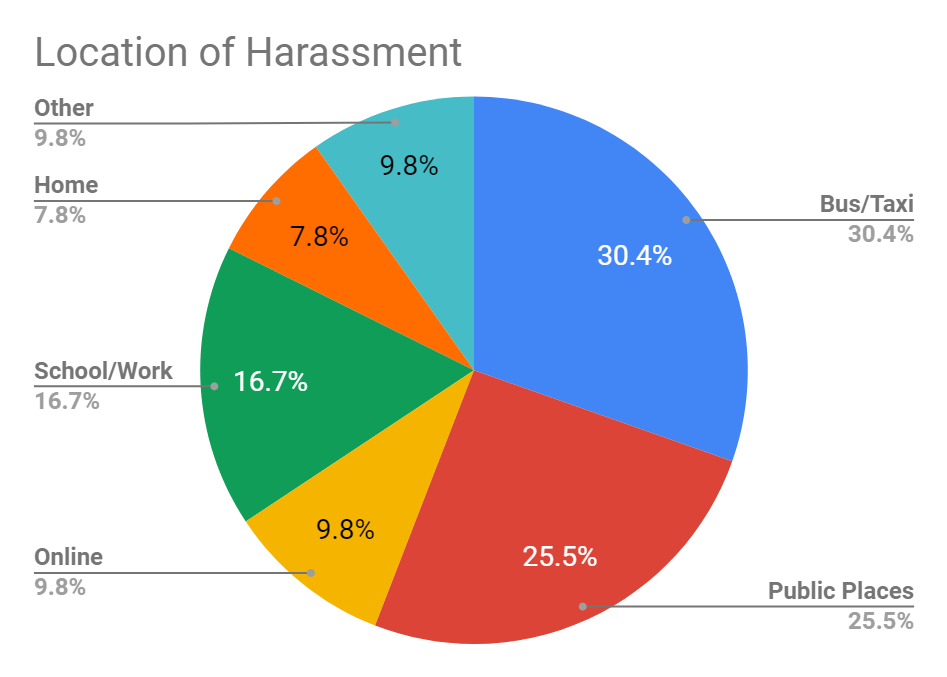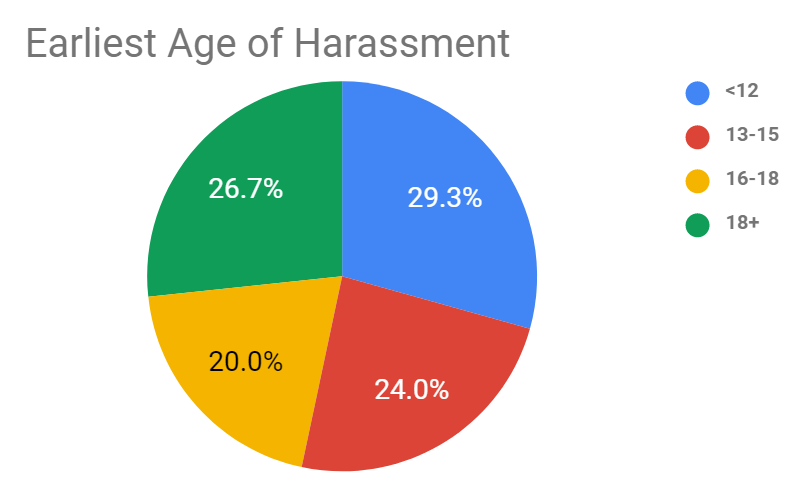
Strong Flowers
Strong Flowers Sexual and Reproductive Health Education Services
Let’s create an inclusive space for a free dialogue
about sexual and reproductive health and rights.

Strong Flowers
Strong Flowers Sexual and Reproductive Health Education Services
"I was the sort of a boy who teased girls a lot,
but after the training I tried to be more cautious about it" Min Joor said.
"I changed my behavior, for sure"



